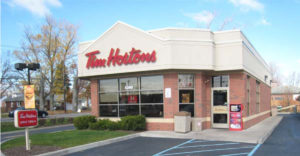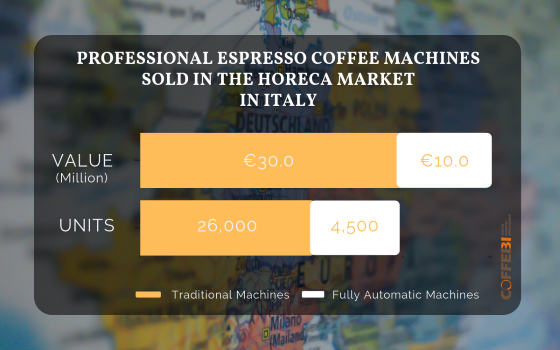Which Trends Offer Opportunities in the European Coffee Market? (Part 3)
 Coffee prices
Coffee prices
The constant price changes are happening due to changeable weather conditions and climate change, since the damage to the Brazilian crop in 2014 resulted in the higher price instability. The increasing global production is resulting in the profit decline, especially affecting growers.
The International Coffee Organization is constantly trying to provide a more stable relationship between supply and demand, but the price wars between supermarkets have been emerging in recent years due to the fact that there is a risk that the premiums paid to smallholders will be crushed by the supermarkets.
In January 2014, significant changes were made to the EU Generalized System of Preferences which provides special import tariffs for products from certain countries and coffee from Brazil no longer benefits from privileged import tariffs, meaning that the import of certain products from Brazil is more expensive. Different coffee types such as roasted, unroasted, decaffeinated and non-decaffeinated coffee have different tariffs.
Price instability leads to the insecurity for coffee producers so that the clever investment must be made although the price changes can challenge these choices. In order to achieve kind of stability, long-term price agreement and the setting of minimum prices with buyers are the only solution. Many producing countries have already made partnership agreements with the EU. The example of the ACP-EU Cotonou agreement implies that partnership agreements are becoming very important since the EU is supporting ACP countries in West Africa in economic and trade cooperation, as well as including tariff reductions, as reported by cbi.eu.



